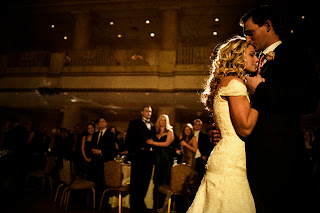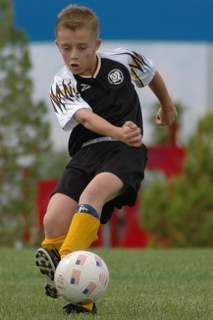I've decided that the Tip of the Day probably should be the Tip of the Week. With school in session, and with me teaching five classes, I'm just not getting a tip posted as often as I suggested I would when I started. My apologies.
Do look for a new tip every week or so, however. I can probably manage that.
And so, since it's been a week since the last tip, here we go again.
When people ask me about what kind of camera I have, or, more often, ask me what kind of camera they should buy, we often end up talking about the form factor. In other words, "kind of camera" doesn't mean brand or megapixels or film vs. digital so much as it means what shape is it. Though there is plenty of variation, the form factor question boils down to just two kinds, really-- SLR (single-lens-reflex) or rangefinder. I won't go in to a detailed description about the technical differences between these "kinds" of cameras. The basic differences are pretty simple, and are, for my purposes, the more important issue. It comes down to portability and adaptability.
I think everyone has seen the ultra-thin, ultra-sexy little cameras that fit in your pocket with room left over for your iPod or your cell phone or your favorite paperback novel. These little gems are surprisingly sophisticated these days-- sporting 7-10 megapixel sensors, face-recognition software, multiple modes, and pretty good zoom lenses. The beauty of them is that they fit in that pocket. They take up so little space that you hardly notice you are carrying a camera, but when you see that amazing two-headed car salesman, or a gorgeous oak tree shedding its red and orange splendor, or your child is knee deep in a mud puddle looking just too darn cute, you're pretty happy to be able to snap away and preserve that stunning scene for posterity.
One of the axioms of serious photographers (those who are serious about "getting the picture") is that you should always have your camera with you. No matter how amazing the scene, if you don't have your camera in hand, you won't get the picture (seems obvious enough, right?). A slim little camera is always at hand and will get some better, which is better than no picture in most cases.
The trade off (and you remember, don't you?, that there are always trade offs in photography) is that the little rangefinders, as sexy as slim as they are, usually don't have as much zoom power or flash power or exposure control power as their big brothers-- the SLRs.
As I noted above, SLR stands for Single Lens Reflex, which means that the light coming through the same lens that the film or the sensor sees is also shunted, by a complex mirror and prism system, to the photographer's eye in the viewfinder. Rangefinders, on the other hand, usually use two different lenses-- one for the film/sensor, the other for the viewfinder. (This raises a related concern about rangefinders being just a bit less accurate in capturing what the photographer sees through the viewfinder-- especially at close range.)
SLRs are also often (but not always) part of a larger camera system with interchangeable lenses and other accessories like external flash units, extension bellows, and remote firing systems. Any decent SLR system will have a range of lens choices for the photographer, from wide angle and macro (close up) lenses to portrait (medium range) zooms, to ultra long telephotos lenses. For whatever shooting situation imaginable (nearly) and SLR has the potential to fit a lens to the purpose.
The down sides of this are that you have to lug the thing around. SLRs are bigger (sometimes by what seems like an order of magnitude), and if you want the option of switching from a wide angle to a telephoto lens, you have to carry them as well (not to mention flash units, tripods, filters, etc.).
Cost is, of course, also a factor. A decent rangefinder with an advanced sensor and 8-10 megapixels can be hand for a couple of C-notes. SLRs are available from the $500-600 range all the way up the Canon's granddaddy 20+ megapixel pro SLR which sells for over $8000 (and that's just the body-- no lenses included). The good thing is that many companies are now making ultra-small SLRs, which give you the adaptability with a pretty small form factor. They still won't fit in your pocket, to be sure, but they will fit in your purse (probably) and certainly in a diaper bag or a backpack.
It's a bit hard to keep track of all the different models that manufacturers are coming out with-- seemingly every few days. Since I bought my SLR two years ago, the maker has come out with TWO successive models in the same line. It's probably not as crucial to every detail about every camera, though. With a sense for what you want to do with the camera you can begin to choose between the basic forms-- small, compact, lightweight or bigger, more complicated, but also more versatile. Not a bad choice to have, in my book.






